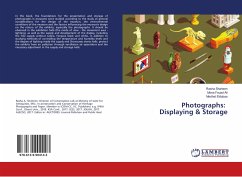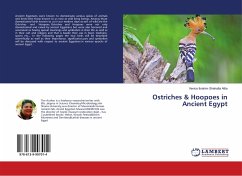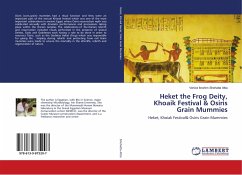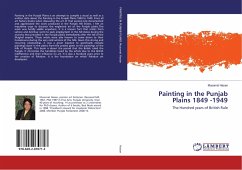The forested plateau of Hazaribagh in the State of Jharkhand in Eastern India is now famous for Meso-chalcolithic rockart which the author and his family brought to light in the 1990's along with a rich palaeolithic stone tool culture. He traced the origins of the mural paintings on the walls of the mud houses in the forest villages to the prehistoric rockart. In a region threatened by mining he showed the urgency to protect this rich heritage and in 1993 he created the Tribal Women Artists Cooperative which has held scores of exhibitions internationally highlighting the art. At the same time he and his family made the Sanskriti Museum of Tribal Art, Culture, and Archaeology in Hazaribagh. This book is a study of the motifs and their prehistoric rockart origins as well as a description of the overall motifs of the different ethnic groups and artists of the region. The book is richly illustrated with line drawings and photographs.
Bitte wählen Sie Ihr Anliegen aus.
Rechnungen
Retourenschein anfordern
Bestellstatus
Storno








